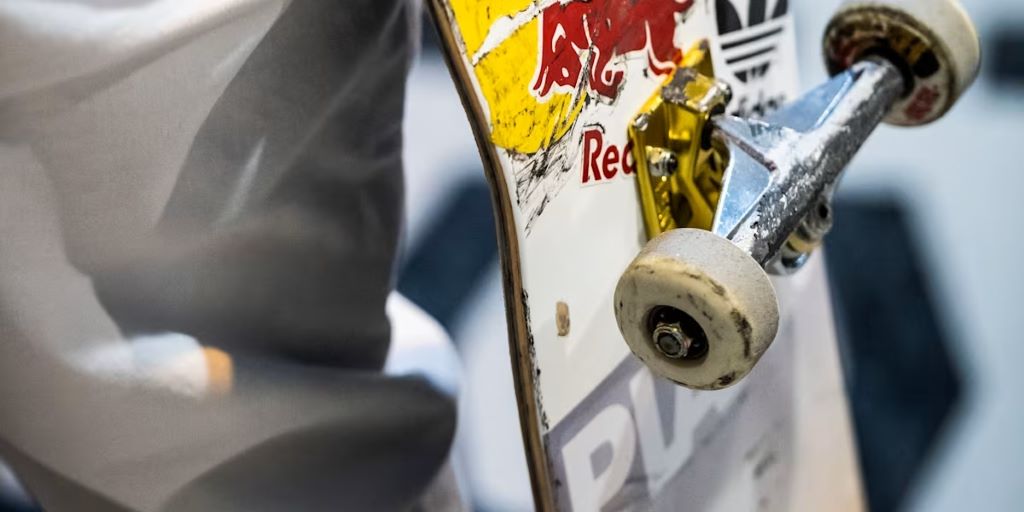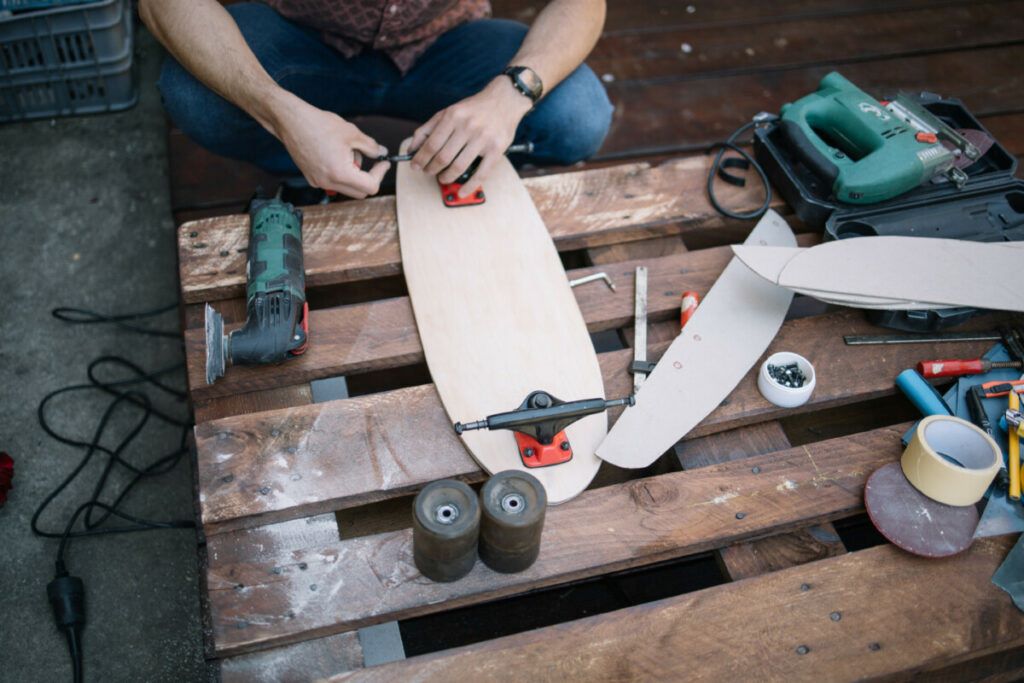Skateboarding is exhilarating, but wear and tear are inevitable. Fortunately, many common skateboard issues can be tackled with some basic know-how and a handy multi-tool. This guide will walk you through essential repairs that keep you rolling smoothly, saving you time and money at the skate shop.
Why a Multi-Tool?
A multi-tool is a skater’s best friend. Its combination of tools, often including Allen wrenches (hex keys), screwdrivers, and pliers, addresses most skateboard hardware needs. Whether tightening loose trucks, replacing bearings, or fixing grip tape, a multi-tool is your go-to solution.
Essential Repairs You Can Do Yourself:
- Tightening Loose Trucks: Loose trucks affect stability and responsiveness. Use your multi-tools Allen wrench (typically the 3/8″ size) to tighten the kingpin nut, located on the underside of the truck. Turn it clockwise until snug, but avoid overtightening, which restricts turning.
- Adjusting Truck Tightness: Truck tightness is a personal preference. Experiment with different levels by loosening or tightening the kingpin nut. Looser trucks are better for cruising and carving, while tighter trucks provide more stability for technical tricks.
- Replacing Bearings: Worn-out bearings cause friction and slow you down. Remove the wheels using your multi-tools socket wrench or skate tool. Pop out the old bearings with the tool’s axle nut and slide in the new ones. Ensure they’re seated properly.
- Fixing a Ripped Grip Tape: Grip tape is essential for control, but it can tear. For small rips, trim loose edges with a razor blade (use caution!). For larger areas, patch with a piece of new grip tape, ensuring it overlaps securely.
- Tightening Loose Hardware: Vibrations can loosen screws throughout your skateboard. Use the appropriate Allen wrench or screwdriver on your multi-tool to tighten any loose screws on the trucks, deck, or baseplate.
- Adjusting Wheel Bite: Wheel bite happens when your wheels rub against the deck during turns. Slightly loosen the truck’s kingpin nut to raise the ride height and prevent contact.
- Replacing Worn-Out Bushings: Bushings affect truck responsiveness. If they’re cracked or squished, replace them with new ones that match your riding style (soft for carving, hard for stability).
- Fixing a Chipped Nose or Tail: Minor chips can be repaired with epoxy or wood filler. Sand the area, apply the filler, and shape it when dry. This isn’t just cosmetic; it prevents further damage.

Additional Tips:
- Clean Your Bearings: Regularly clean your bearings with a bearing cleaning kit or rubbing alcohol to remove dirt and debris. This keeps them spinning smoothly.
- Check for Cracks: Inspect your deck for cracks, especially around the truck mounting areas. A cracked deck is a safety hazard and should be replaced.
- Carry Spare Parts: Keep extra hardware, bushings, and bearings in your skate bag for quick fixes on the go.
- Lubricate Moving Parts: Apply a bit of lubricant (like WD-40) to the kingpin and pivot cup to keep them turning smoothly.
Related: From Rusty to Ready: The Complete Skateboard Revival Guide
When to Seek Professional Help:
If you’re unsure about a repair or if the damage is severe, it’s always best to consult a professional skateboard mechanic. They have the expertise and tools to diagnose and fix complex issues, ensuring your skateboard is safe and performs optimally.
Conclusion:
Maintaining your skateboard doesn’t have to be a hassle. With a multi-tool and these essential DIY fixes, you can keep your board in top shape, saving money and extending its lifespan. Remember, regular maintenance is key to a smooth, safe, and enjoyable skateboarding experience.
Featured Image Source




